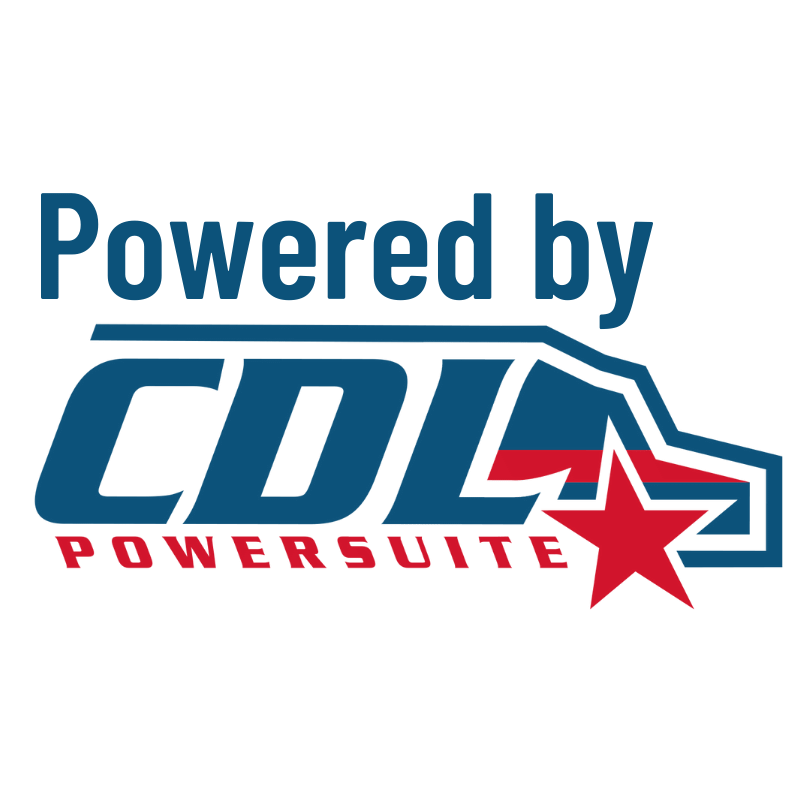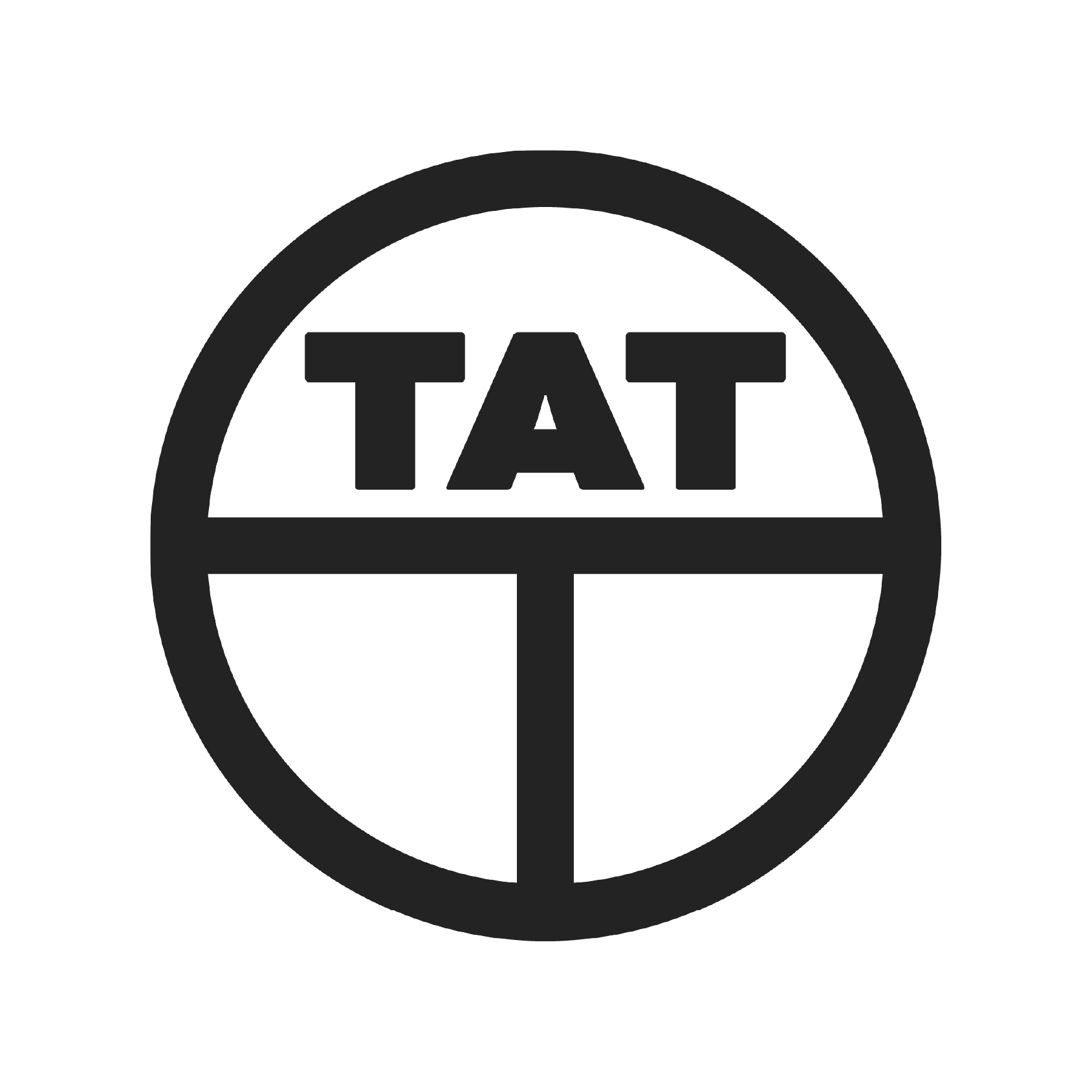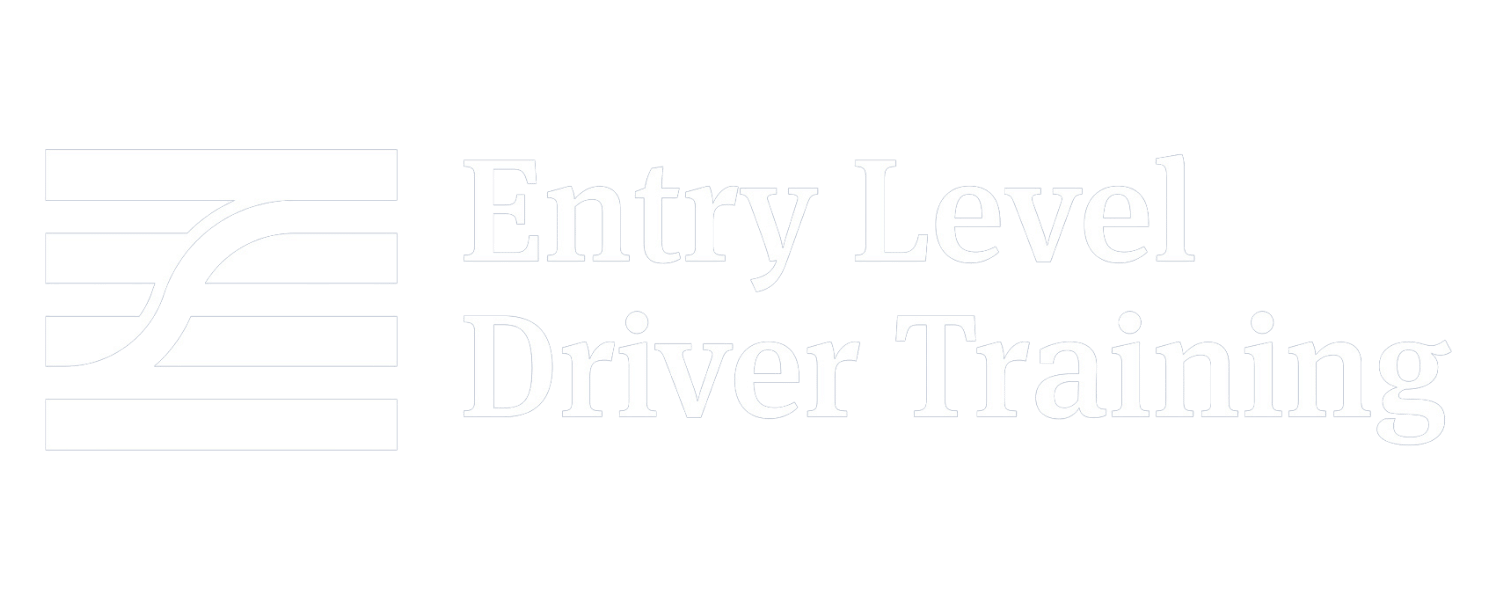A Commercial Driver's License (CDL) is a special type of driver's license required in the United States to operate large, heavy, or placarded hazardous materials vehicles. Unlike a standard driver's license, which is sufficient for operating personal vehicles like cars and small trucks, a CDL is necessary for anyone who drives a vehicle that meets certain criteria. These criteria typically include a Gross Vehicle Weight Rating (GVWR) of 26,001 pounds or more, a vehicle designed to transport 16 or more passengers (including the driver), or a vehicle that transports hazardous materials in quantities that require placards.
Embarking on a commercial driving career means choosing the right license for the job. The Federal Motor Carrier Safety Administration (FMCSA) categorizes Commercial Driver's Licenses into different classes, each permitting the operation of specific types of vehicles. Beyond the basic license, CDL endorsements are additional certifications that expand your driving privileges, allowing you to transport specialized cargo or a larger number of passengers. Let's explore the various CDL classifications and types of CDL endorsements to help you determine your ideal path.
What is Entry-Level Driver Training (ELDT)
ELDT (Entry-Level Driver Training) is a set of federal regulations established by the FMCSA that sets minimum training standards for individuals seeking a Commercial Driver's License (CDL) or certain endorsements. It ensures all new commercial drivers receive consistent, high-quality instruction in both theory and behind-the-wheel skills from approved training providers before they can take their CDL skills test.
ELDT Theory
ELDT theory is the classroom or online portion of the Entry-Level Driver Training mandate, covering essential knowledge like vehicle operation, safety procedures, and non-driving activities. ELDT.com specializes in providing this FMCSA-compliant online theory training, preparing aspiring commercial drivers to meet federal requirements and successfully get their CDL.
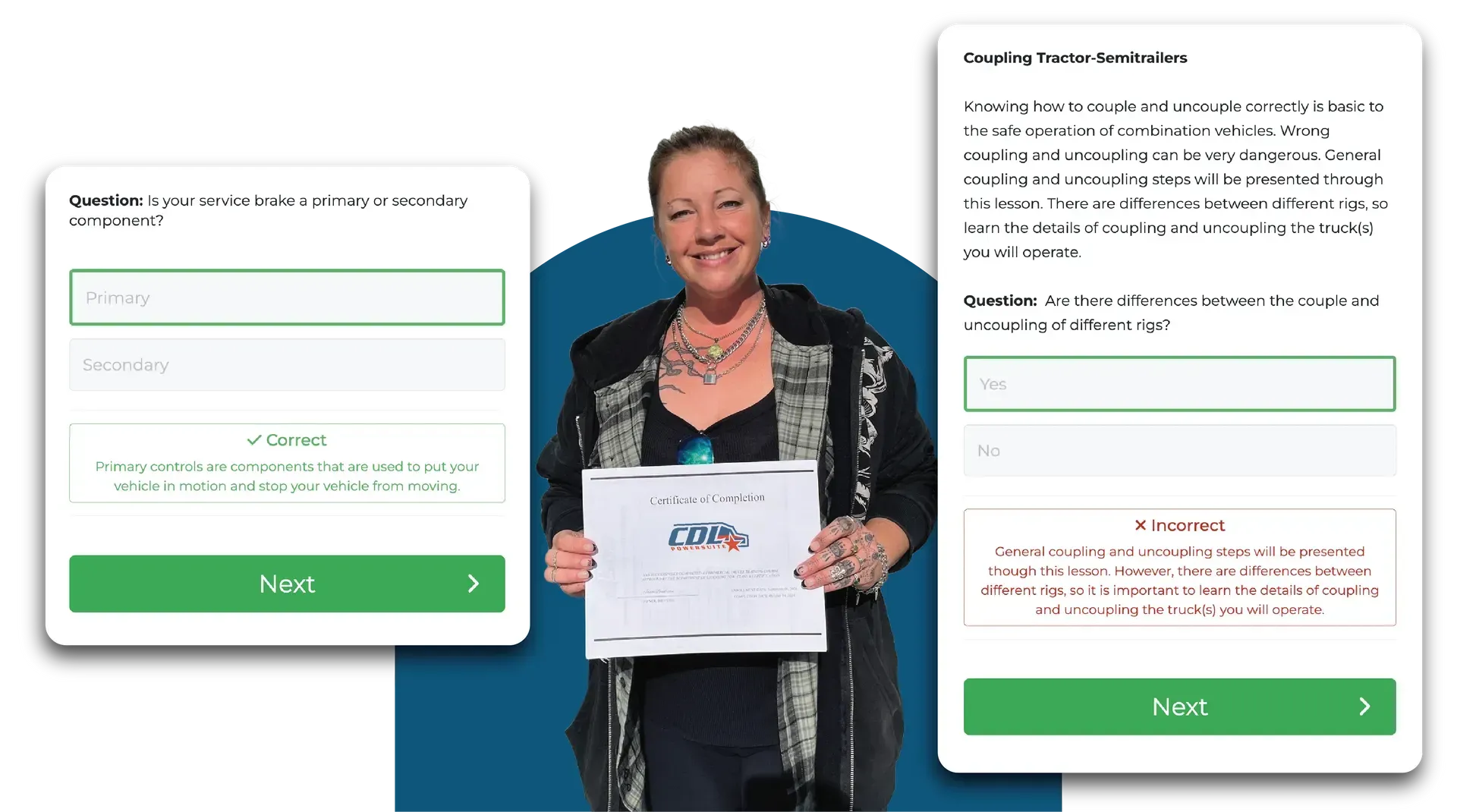
ELDT Behind-The-Wheel Training
Behind-The-Wheel (BTW) training is the practical, hands-on portion of Entry-Level Driver Training, where aspiring commercial drivers gain real-world experience operating a commercial motor vehicle. This training, which includes both range (off-road) and public road driving, must be completed with an FMCSA-approved training provider to meet federal ELDT requirements for obtaining a Class A or Class B CDL.
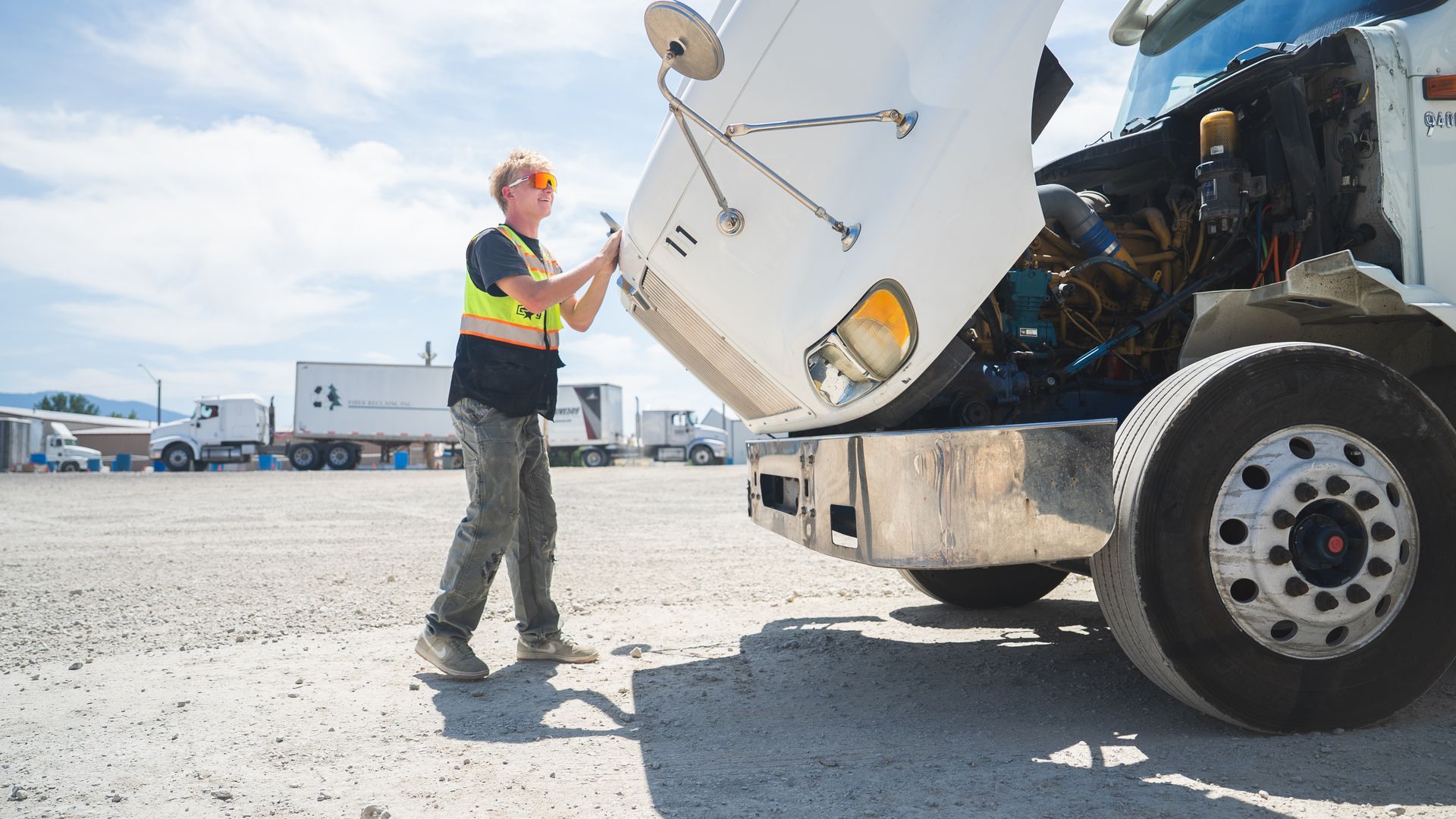
Understanding CDL Classifications: Class A, B, and C
The three primary CDL classes are determined by the Gross Vehicle Weight Rating (GVWR) of a single vehicle or the Gross Combination Weight Rating (GCWR) of a combination of vehicles. Choosing the correct class is fundamental to your commercial driving career. General CDL Prerequisites:
- Be at least 18 years old (21 for interstate commerce or to transport hazardous materials/passengers).
- Hold a valid non-commercial driver's license.
- Pass a Department of Transportation (DOT) physical exam and obtain a medical examiner's certificate.
- Provide proof of U.S. citizenship or lawful permanent residency.
- Have no disqualifying offenses driving record.
It's important to remember that while federal guidelines set the baseline, specific CDL requirements by state can vary. This includes application procedures, testing processes, and additional state-mandated training. Always check with your state's Department of Motor Vehicles (DMV) or equivalent licensing agency for the most accurate and up-to-date information relevant to your location.
A Class A CDL is required for operating any combination of vehicles with a GCWR of 26,001 pounds or more, provided the GVWR of the towed unit is more than 10,000 pounds.
Vehicles:
Tractor-trailers, truck and trailer combinations, flatbeds, livestock carriers, tanker trucks (if endorsed), and often Class B and C vehicles (with appropriate endorsements).
*Always check with your State regulations.
A Class B CDL is required for operating a single vehicle with a GVWR of 26,001 pounds or more, or a vehicle towing a unit not more than 10,000 pounds GVWR.
Vehicles: Straight trucks, large buses (city buses, school buses if endorsed), dump trucks, garbage trucks, delivery trucks, cement mixers.
*Always check with your State regulations.
A Class C CDL is for smaller commercial vehicles that do not meet Class A or B criteria but are designed to transport 16 or more passengers (including the driver), or vehicles transporting hazardous materials (requiring a Hazmat endorsement).
Vehicles: Small hazardous materials vehicles, passenger vans, shuttle buses, small school buses (if endorsed).
*Always check with your State regulations.
CDL Endorsements
Adding Endorsements To Your CDL
CDL endorsements are additional certifications added to your Commercial Driver's License that allow you to operate specific types of commercial vehicles or transport certain types of cargo. Each endorsement requires passing additional knowledge and/or skills tests, but they significantly expand your job opportunities and earning potential. Explore the various types of cdl endorsements:
The Hazmat Endorsement is required to transport hazardous materials that are placarded. This includes explosives, gases, flammable liquids, and other materials deemed dangerous by federal regulations.
The Passenger Endorsement is required to operate a vehicle designed to transport 16 or more passengers (including the driver).
The School Bus Endorsement is specifically required to operate a school bus. It is often obtained in conjunction with or after the Passenger (P) endorsement.
Doubles/Triples (T) Endorsement
The Doubles/Triples Endorsement is required to pull double or triple trailers. This endorsement is only available for Class A CDL holders.
Air Brakes (L) Restriction Removal
While not an endorsement, the Air Brakes restriction (L restriction) is applied to your CDL if you take your skills test in a commercial vehicle not equipped with air brakes.
Manual Transmission (E) Restriction Removal
If you take your CDL skills test in a commercial vehicle with an automatic transmission, you will receive an "E" restriction on your CDL.
Ready to Choose Your CDL or Endorsement
Our FMCSA-compliant online ELDT theory courses cover the foundational knowledge for all CDL classes and endorsements, preparing you for the written exams regardless of your chosen CDL or Endorsement.





